This article was co-authored by Anthony Stark, EMR. Anthony Stark is a certified EMR (Emergency Medical Responder) in British Columbia, Canada. With over 11 years of experience, he has worked as an industrial medic and provided urban and rural paramedic services. He currently works for Mountain View Safety Services and previously worked for the British Columbia Ambulance Service. Anthony has a Bachelor of Engineering in Electrical, Electronics, and Communications Engineering from the Georgia Institute of Technology. He has completed the EMP Canada EMT Course and Swiftwater Awareness Training associated with the British Columbia Ambulance Service.
This article has been viewed 91,335 times.
A dislocated shoulder is a painful injury that occurs when the ball-like end of the arm bone (humerus) is pushed out of the socket-like joint of the shoulder girdle. Once the shoulder joint is relocated, immobilizing it with straps or tape can reduce the pain, provide support and help the stretched tendons and ligaments heal quicker. Furthermore, the same strapping techniques used to treat shoulder dislocations can be used to help prevent them, which is why some athletes strap their shoulders as a preventative measure.[1]
Steps
Preparing to Strap a Dislocated Shoulder
-
1See a doctor if you suspect a dislocated shoulder. Dislocated shoulders usually happen from sports injuries or falling on an outstretched arm. Signs and symptoms of a dislocated shoulder include: intense shoulder pain, an inability to move your shoulder, immediate swelling and/or bruising, and a visible shoulder deformity (it hangs lower than the other shoulder, for example).[2] If you suspect a shoulder dislocation following some type of physical trauma, see a health professional (physician, chiropractor, athletic therapist) immediately for treatment.
- Your doctor may take x-rays of your shoulder to confirm the dislocation and see if any bones are broken.
- Your doctor will either recommend or prescribe medication to deal with the intense pain of a shoulder dislocation.
- Remember that a dislocated shoulder is very different than a separated shoulder. The latter is a ligament injury to the joint that holds the collarbone (clavicle) to the front part of the shoulder girdle — the "ball and socket" shoulder joint is not displaced, as with a shoulder dislocation.
-
2Get your shoulder joint relocated or reset. Before you think about strapping or tapping your shoulder, the "ball" of your arm bone (humerus) needs to be relocated into the "socket" of your shoulder girdle. This procedure is usually called closed joint reduction and involves some gentle traction (pulling) and rotation of your arm in order to guide the bones back into alignment within the shoulder joint.[3] Depending on the severity of pain, you may need a local anesthetic injection or strong pain killing pills.
- Never let someone untrained (such as a friend, family member or bystander) try to relocate your shoulder — they may cause more harm than good.
- When your shoulder is relocated, the pain level should drop quickly and significantly.
- Immediately icing a relocated shoulder for about 20 minutes will help reduce inflammation and pain, but always wrap the ice in plastic or a thin cloth before applying it to skin.
- Strapping a shoulder that's still dislocated is always a bad idea and never recommended.
Advertisement -
3Prepare the shoulder by cleaning and shaving it. Once the shoulder is relocated and the pain is reduced and under control, then it's time to prepare the shoulder area to be strapped. In order for straps and tape to adhere to the shoulder area, the skin covering the joint needs to be cleaned and shaved to remove any hair. As such, gently clean the skin around the shoulder with soap and water, then apply some shaving cream and carefully remove any hair (if applicable) with a safety razor.
- After you finish shaving the skin, dry the area thoroughly and wait at least a few hours for any skin irritation to go away. Then consider applying some adhesive spray just prior to applying any tape of straps — it will help the straps and/or tape stick to the skin better.
- Hair not only prevents tape from sticking, but it also causes pain when the tape and/or bandaging is removed at a later time.
- Depending on how much hair is present, you may need to shave around the shoulder, shoulder blade, nipples and the lower neck.
-
4Gather your necessary materials. Gather (or purchase from your local pharmacy or medical supply store) all the materials you need to properly and securely strap a dislocated shoulder. In addition to some spray adhesive, you'll also need some orthopedic underlay or foam (layers of gauze work also in a pinch). These will help to protect the sensitive nipple from the tape and straps. You will also need some rigid strapping tape (ideally 38 mm in width) and an elastic bandage (ideally 75 mm in width). Keep in mind that you'll very likely need assistance to strap / tape your shoulder, even if you have training and experience with the procedure.
- If you are within the offices of an orthopedic doctor, physiotherapist, athletic trainer or sports therapist already, they will likely have all the materials needed to strap your shoulder. Family doctors, physician assistants, chiropractors and nurses may not have all the supplies needed, so consider bringing them with you.
- Going to an emergency department of a hospital is a good idea to get medication and your shoulder relocated, but they won't likely have the time or motivation to strap / tape it for you afterwards. They'll probably just give you an arm sling to wear instead.
- Strapping / taping a relocated shoulder can be beneficial or may even help to prevent a dislocated shoulder, but it's not considered medically necessary, so don't expect it to be part of your standard medical care.
Strapping / Taping a Relocated Shoulder
-
1Apply the orthopedic underlay or foam. After cleaning, shaving and spraying some adhesive material to the skin of the shoulder area, apply some thin underlay / foam over sensitive areas such as the nipple and any pimples, boils, healing wounds, etc. This will prevent pain and irritation once the sticky tape is removed at a later time.
- To save material and time, cut out small patches of the underlay material and place them directly over the nipple and other sensitive areas. The underlay will stick to the adhesive spray at least for a short period of time.
- Realize that although an arm sling is usually worn over your shirt and undergarments, taping / strapping of your shoulder is always done on bare skin and underneath all clothing.
-
2Tape "anchor" straps. Start taping by applying "anchors" over the shoulder and the biceps muscle in the front part of the upper arm. Apply a piece of tape from the base of the nipple up and over the top of the shoulder to about mid-shoulder blade level. Lay one or two more strips of tape over the first for firm support. Then, wrap two or three straps of tape around the middle of the biceps muscle.
- When this step is complete, you should have one anchor of tape running from your nipple to your upper back and a second anchor or band wrapped around your biceps.
- Don't wrap the second band of tape too tightly or you may cut off circulation to your arm. Numbness and tingling in your hand is a sign of reduced circulation. Check your fingernails by pressing them for a few seconds. If the color returns promptly, then the tape is a good fit. If it takes time to regain color, then the tape is too tight and should be reapplied.
-
3Make an "X" strap over the shoulder with the tape. Support and protect the shoulder by applying two or four strips of tape diagonally in opposite directions from one anchor to the other. This should form an "X" or "cross" pattern around the shoulder, with the intersection (middle of the cross) centered over the lateral shoulder muscles (deltoids).[4] Two strips of tape is the minimum, whereas doubling it up with four strips will provide more stability.
- The tape should be applied snugly, but you should still be relatively comfortable. If you're experiencing undue pain from the taping / strapping, remove it and start over.
- Although breathable tape is often a good idea for taping other injuries, strapping a relocated shoulder requires thicker, more sturdy tape to be most effective.
-
4Make a "corkscrew" pattern from the chest to the biceps. Start at the outside edge of the nipple and run a strip of tape over the shoulder and wrap it around and under the biceps of the upper arm. Essentially, you're connecting the two anchors again, but from the front instead of the side. A corkscrew (or spiral) pattern should be formed when you wrap it under and around the upper arm two or three times.
- When wrapping underneath and around the upper arm, it may be better to use two or three separate strips of tape so the "corkscrew" doesn't get too tight and cut off circulation. Check your circulation in your fingers after each new application of tape.
- When this step is complete, re-anchor the work by applying one additional strip of tape over each of the original anchors (see above). In general, the more tape you use, the snugger its hold will be.
- As a reminder, this strapping / taping method is also done to prevent shoulder injury or aggravation, especially prior to playing sports such as football and rugby.[5]
-
5Secure and cover the tape job with an elastic bandage. After you've finished strapping the shoulder area with tape, it's time to use an elastic Tensor or Ace bandage. Run a length of the elastic bandage from the front of the chest over the top of the injured shoulder and under the biceps. Continue wrapping the bandage across the back, under the opposite armpit of the uninjured shoulder, across the front of the chest and back to underneath the injured shoulder. If you have enough bandage, do another pass for additional support and fasten the bandage to the underneath layer with metal clips or a safety pin.Remember to check circulation with the elastic bandage as well.
- The main reasons to use an elastic wrap is to cover the tape and prevent it from coming off, as well as providing a little more support.[6]
- When using cold therapy, it's much easier and quicker to remove the elastic wrap, apply the ice over the injury (but on top of the tape), then re-apply the wrap again over the ice.
- To recap: you should have two tape anchors, connected and covered by a lateral "X" pattern and an inner "corkscrew" pattern of tape, all wrapped up in an elastic bandage that extends across the back and chest.
References
- ↑ https://my.clevelandclinic.org/health/diseases/17746-dislocated-shoulder
- ↑ https://my.clevelandclinic.org/health/diseases/17746-dislocated-shoulder
- ↑ https://www.nhs.uk/conditions/dislocated-shoulder/
- ↑ https://www.youtube.com/watch?v=lSMuEK_Vc48
- ↑ https://www.nhs.uk/conditions/dislocated-shoulder/
- ↑ http://www.drugs.com/cg/how-to-use-an-elastic-bandage.html
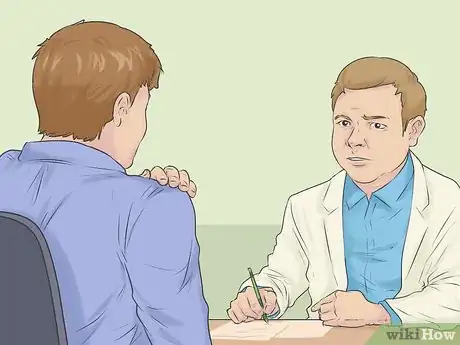
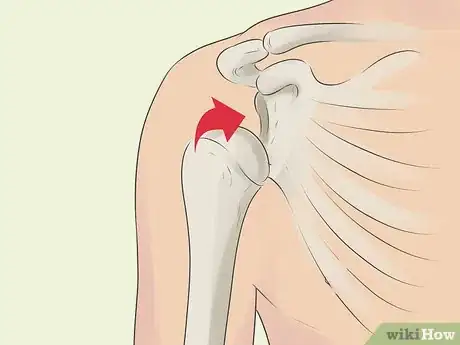
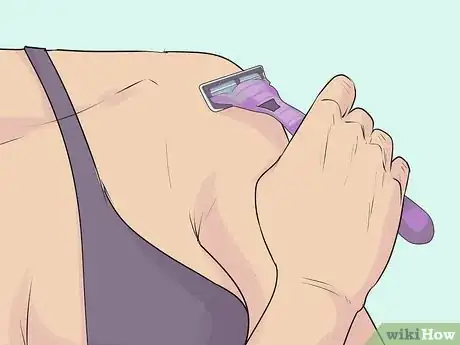
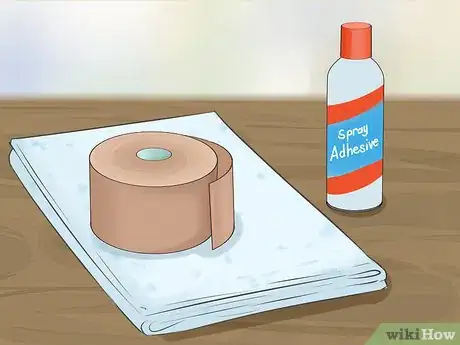
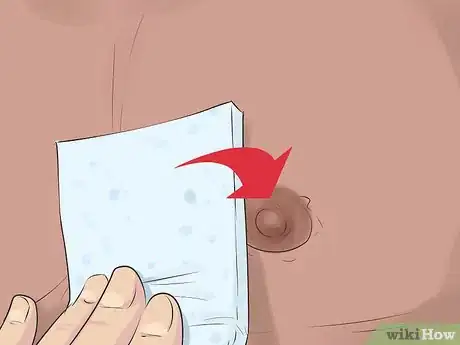
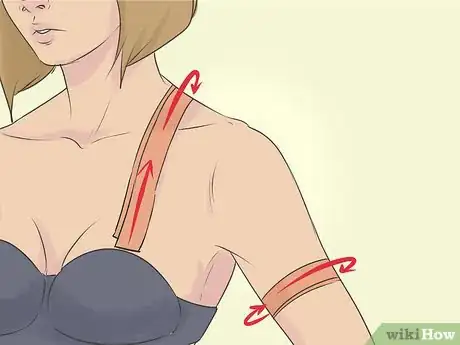
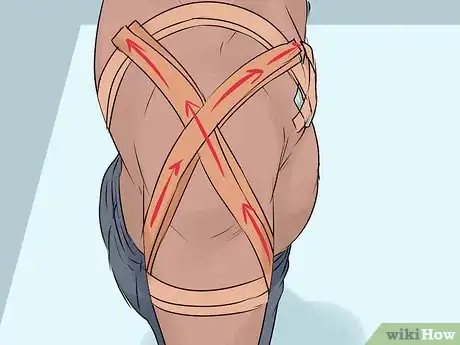
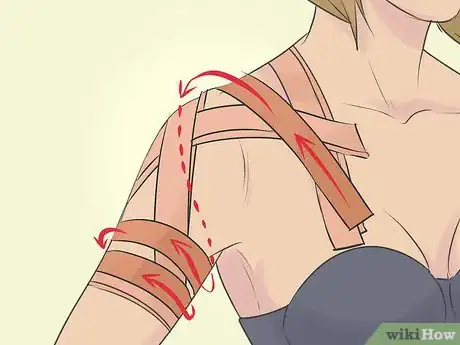
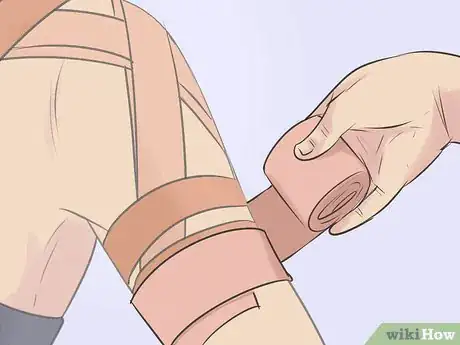
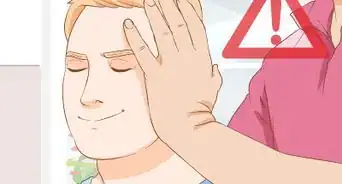
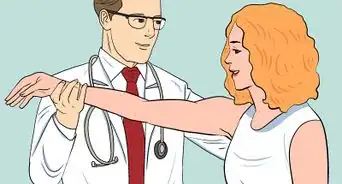
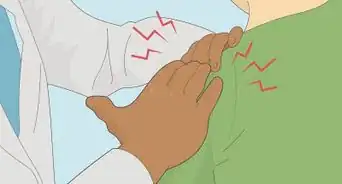
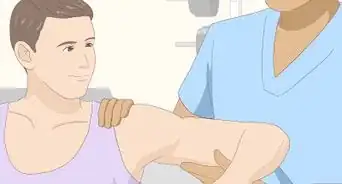
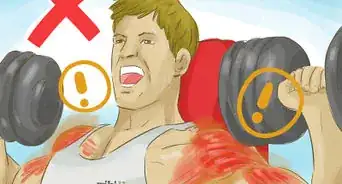
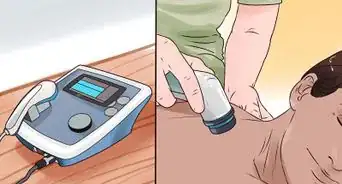
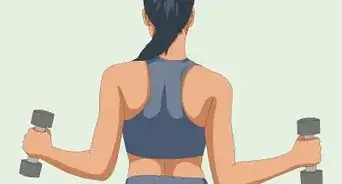
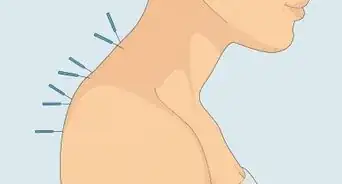
-Step-3-Version-3.webp)
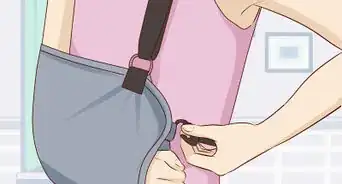

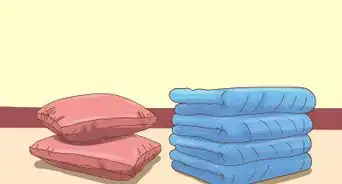
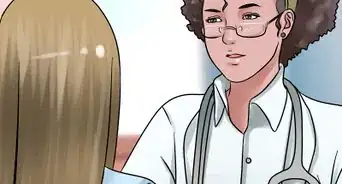









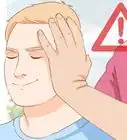

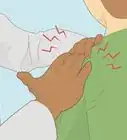
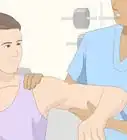



































Medical Disclaimer
The content of this article is not intended to be a substitute for professional medical advice, examination, diagnosis, or treatment. You should always contact your doctor or other qualified healthcare professional before starting, changing, or stopping any kind of health treatment.
Read More...